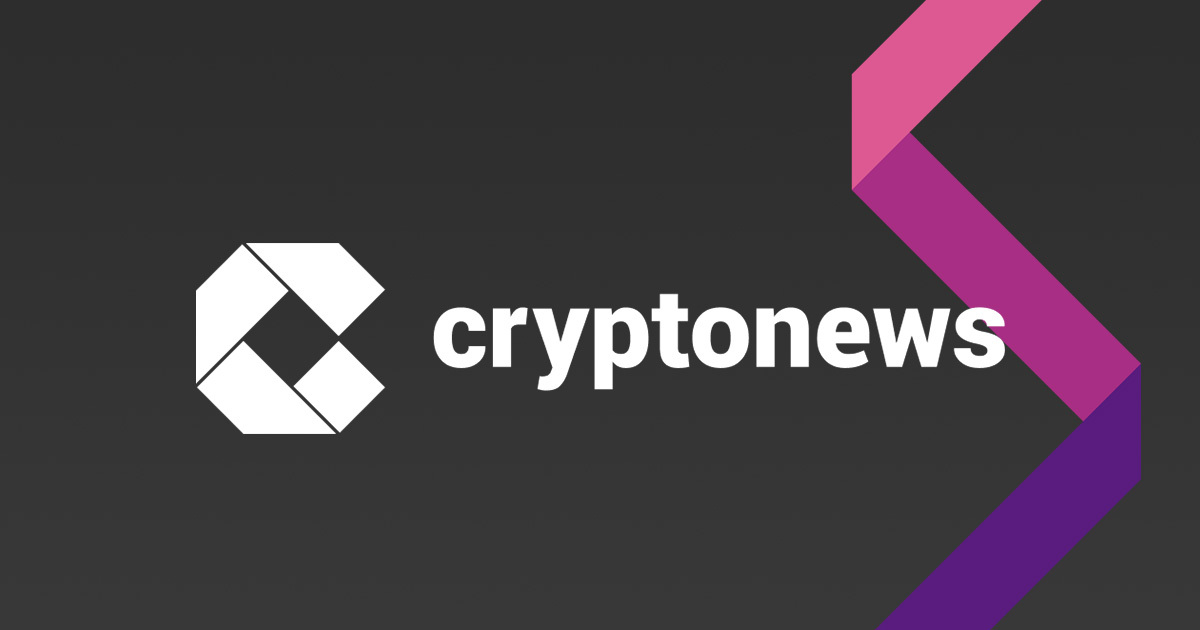Stablecoins Now Represent Over 1% of US Dollar Money Supply

Stablecoins Capture Over 1% of U.S. Money Supply, Reaching $221 Billion
Stablecoins, which were a niche offering of the crypto universe, have now crossed 1% of the U.S. dollar M2 money supply. Recent figures from OurNetwork show that the market cap of stablecoins is $221 billion, an increase of nearly $100 billion since 2024. The rapid adoption of stablecoins is a pointer to their increasing relevance in global finance, driven by demand for digital dollars in crypto economies and traditional finance.
USDT Market Share Decreases while USDC Expands
Tether (USDT), the former market leader with a 73% market share, has seen its share decline to 64%. Circle’s USDC, on the other hand, has gained traction, increasing from 20% to 25%. Together, these two stablecoins still command 89% of the total stablecoin market, although newer players like Ethena’s USDe and Usual’s USD0 are making inroads. This trend indicates shifting user preferences and competition in the stablecoin market.
New Players Enter the Stablecoin Market
Synthetic dollar USDe rose by a significant amount, rising by $5.9 billion, while USD0 rose by $1.1 billion. On the other hand, FDUSD started gaining momentum with promotional incentives but lost market share as competition intensified. New entrants are employing creative mechanisms such as yield generation and regulatory adherence to acquire users and establish themselves in the market.
USDC’s Growth Driven by Solana and Layer-2 Adoption
According to OurNetwork, recent growth in USDC has been triggered by adoption outside of Ethereum’s mainnet. Solana has seen over $7.7 billion of USDC inflows, most likely triggered by increased meme coin trading. USDC has also caught on to Ethereum layer-2 networks like Coinbase’s Base and Arbitrum. USDC’s support for emerging blockchain networks has made it a leading alternative to USDT.
Regulatory Framework and the Future of Stablecoins
Circle CEO Jeremy Allaire has emphasized the importance of regulation, arguing that stablecoin issuers should be forced to register in the U.S. His argument suggests more regulatory oversight, which could prove to be an issue for Tether following its relocation of headquarters to El Salvador. Policymakers from all around the world are increasingly looking at regulating stablecoins, which could influence their use and regulatory expenses.
As stablecoins expand, their role in the global financial system becomes increasingly significant. The evolving regulatory landscape, technology advancements, and shifting market forces will shape the future of stablecoins as they transition from specialized crypto assets to mainstream financial products.
Read More

Crypto Legislation Stalls During High-Stakes Crypto Week Showdown on Capitol Hill
Stablecoins Now Represent Over 1% of US Dollar Money Supply

Stablecoins Capture Over 1% of U.S. Money Supply, Reaching $221 Billion
Stablecoins, which were a niche offering of the crypto universe, have now crossed 1% of the U.S. dollar M2 money supply. Recent figures from OurNetwork show that the market cap of stablecoins is $221 billion, an increase of nearly $100 billion since 2024. The rapid adoption of stablecoins is a pointer to their increasing relevance in global finance, driven by demand for digital dollars in crypto economies and traditional finance.
USDT Market Share Decreases while USDC Expands
Tether (USDT), the former market leader with a 73% market share, has seen its share decline to 64%. Circle’s USDC, on the other hand, has gained traction, increasing from 20% to 25%. Together, these two stablecoins still command 89% of the total stablecoin market, although newer players like Ethena’s USDe and Usual’s USD0 are making inroads. This trend indicates shifting user preferences and competition in the stablecoin market.
New Players Enter the Stablecoin Market
Synthetic dollar USDe rose by a significant amount, rising by $5.9 billion, while USD0 rose by $1.1 billion. On the other hand, FDUSD started gaining momentum with promotional incentives but lost market share as competition intensified. New entrants are employing creative mechanisms such as yield generation and regulatory adherence to acquire users and establish themselves in the market.
USDC’s Growth Driven by Solana and Layer-2 Adoption
According to OurNetwork, recent growth in USDC has been triggered by adoption outside of Ethereum’s mainnet. Solana has seen over $7.7 billion of USDC inflows, most likely triggered by increased meme coin trading. USDC has also caught on to Ethereum layer-2 networks like Coinbase’s Base and Arbitrum. USDC’s support for emerging blockchain networks has made it a leading alternative to USDT.
Regulatory Framework and the Future of Stablecoins
Circle CEO Jeremy Allaire has emphasized the importance of regulation, arguing that stablecoin issuers should be forced to register in the U.S. His argument suggests more regulatory oversight, which could prove to be an issue for Tether following its relocation of headquarters to El Salvador. Policymakers from all around the world are increasingly looking at regulating stablecoins, which could influence their use and regulatory expenses.
As stablecoins expand, their role in the global financial system becomes increasingly significant. The evolving regulatory landscape, technology advancements, and shifting market forces will shape the future of stablecoins as they transition from specialized crypto assets to mainstream financial products.
Read More

